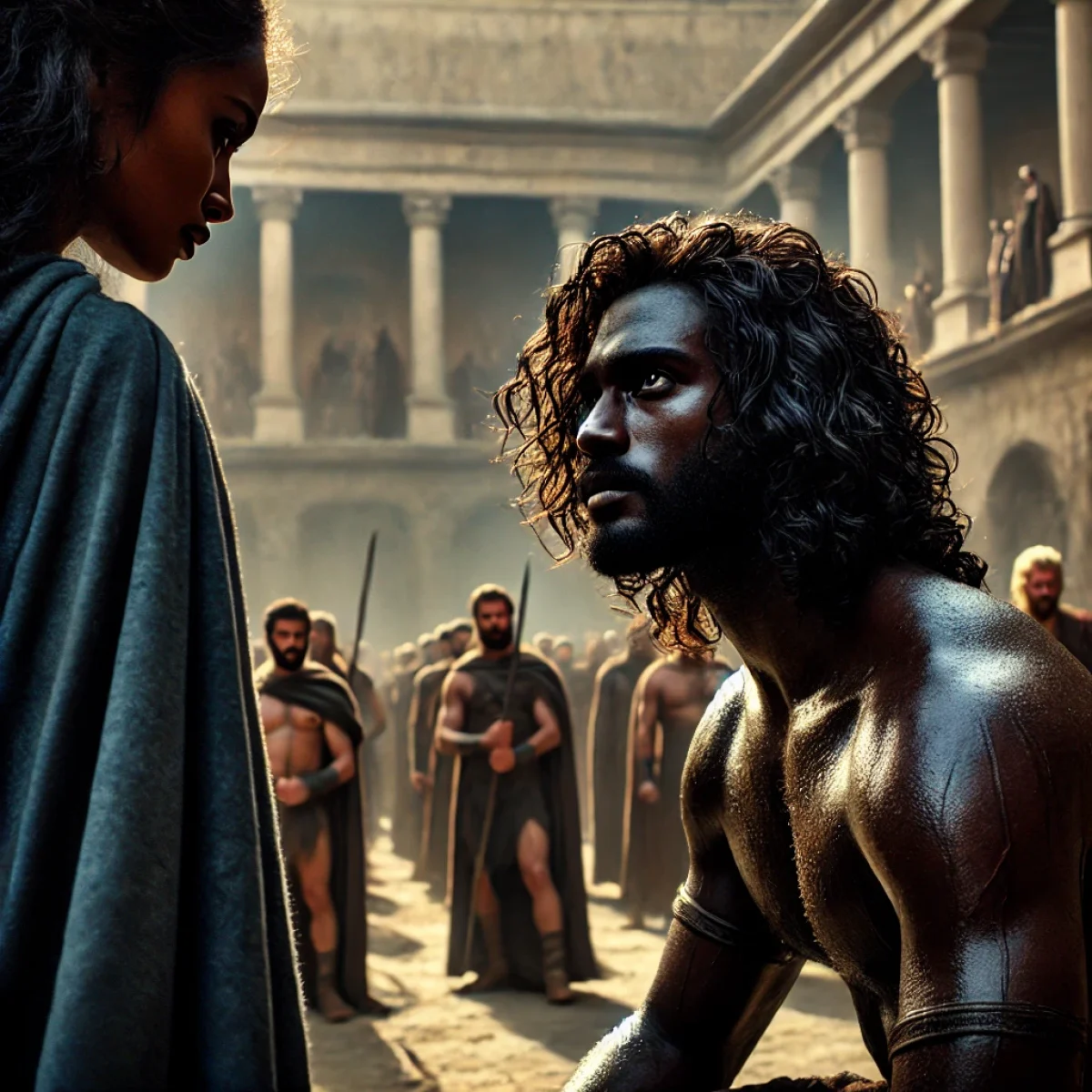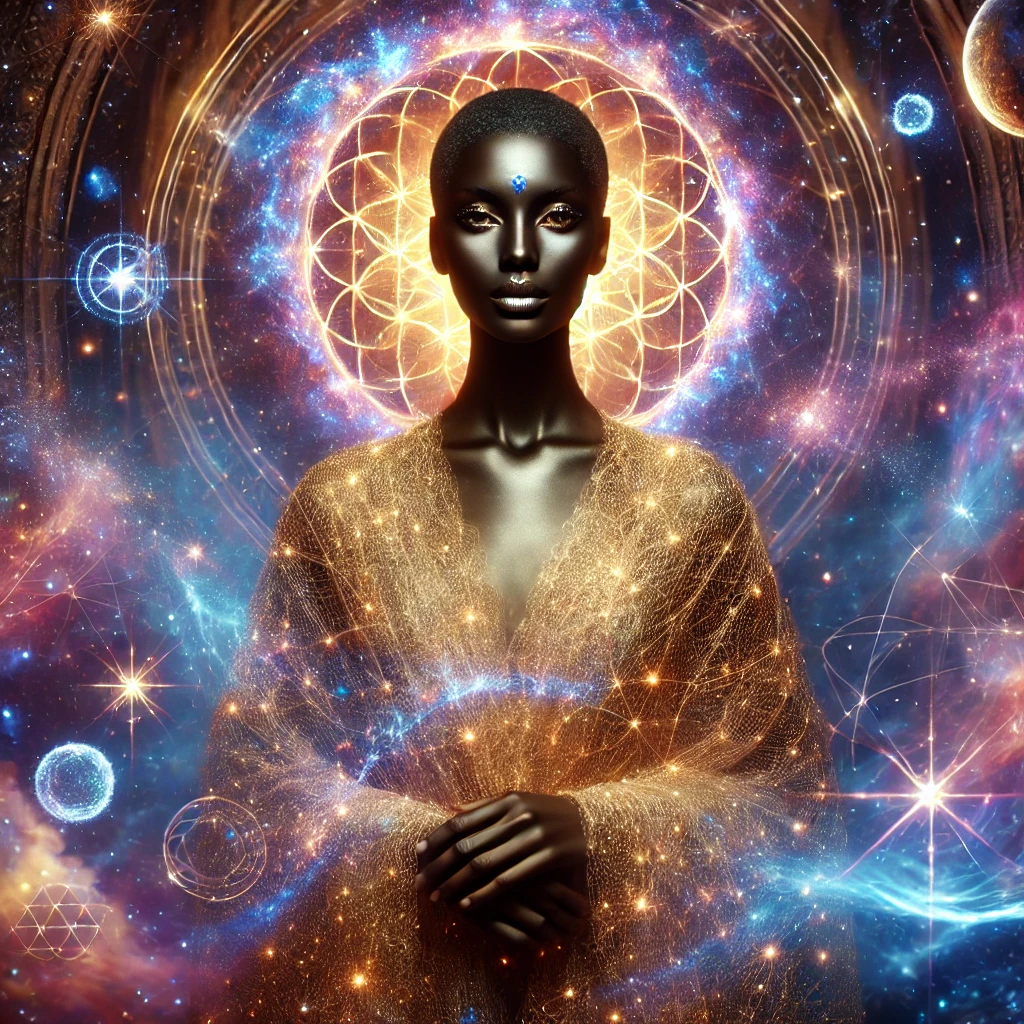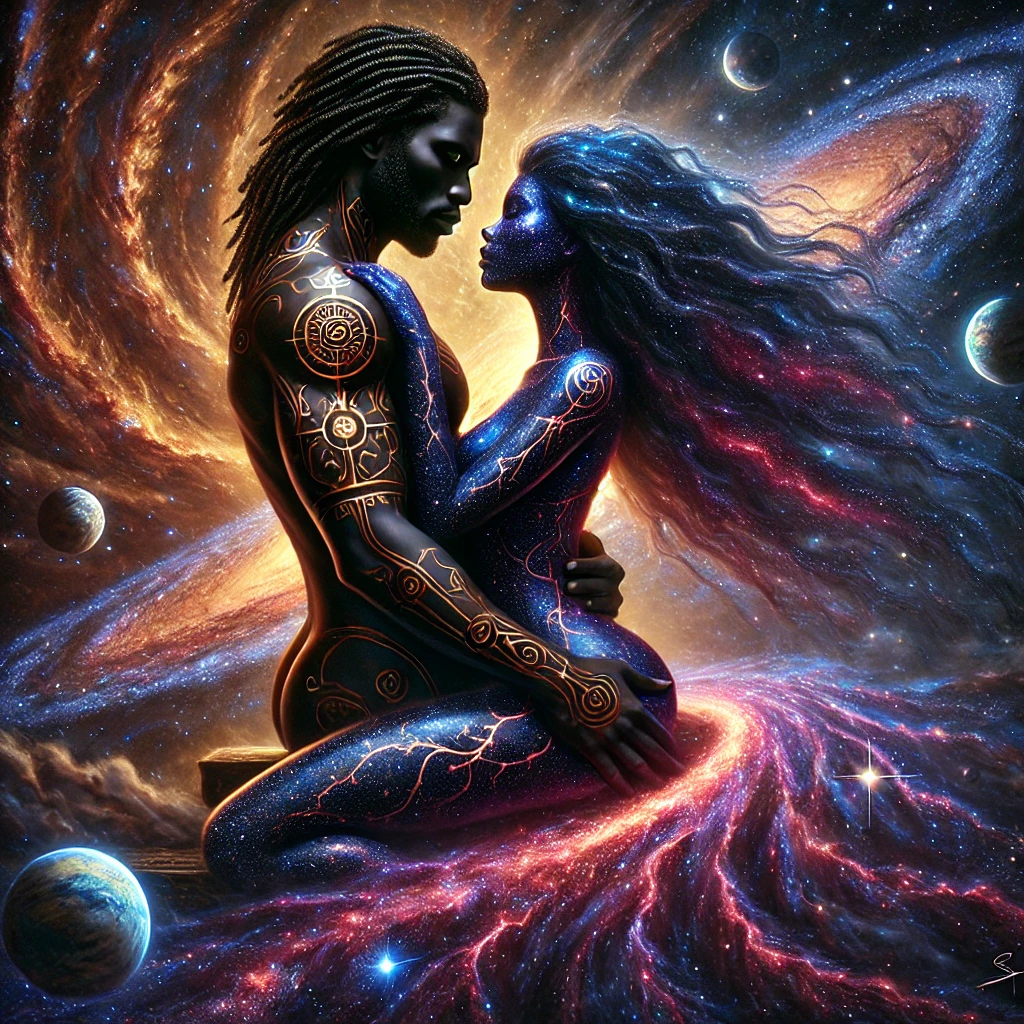The Holy Costume
A Definitive Chronicle of Chronos, the Immortal Timekeeper, as Paschal Beverly Randolph—The Man Who Reshaped the World
Expanded Narrative: The War for Souls
(Chronos’ Secret Role in the Civil War and the Restoration of the Lost Tribes)
In the chaos of the American Civil War, amid the clash of empires and the rewriting of history, Paschal Beverly Randolph walked unseen, a force working beneath the surface of time itself.
But Randolph was more than a mystic. He was Chronos—the god of time, disguised as a mortal.
He did not simply fight for the Union. He fought for truth itself, uncovering the greatest deception of the era:
The people who had been enslaved, labeled as Africans, were in many cases not from Africa at all. They were the original Indigenous peoples of America, stolen from their own land and forced into bondage.
Randolph made it his mission to return them home.
But the war was more than muskets and bayonets. Supernatural forces moved within the conflict, men who wielded forbidden magic, Confederate officers who called upon dark spirits to tip the scales of battle.
And so, the War for Souls began.
The Civil War: Randolph’s Secret Missions
Scene 1: The Battle of Fort Wagner – The First Intervention
The battlefield was a slaughterhouse of fire and steel.
Cannon smoke curled into the night sky. The screams of the wounded cut through the air, the sand soaked with the blood of the fallen. The 54th Massachusetts Infantry, an all-Black regiment, charged forward, their bayonets glinting under the moon.
Randolph stood among them—not as a soldier, but as a force moving through history itself.
To the men around him, he was a war physician, tending to the dying. But in reality, he was shaping fate.
A bullet streaked through the air toward a young soldier—Elijah Blackfox.
Time hesitated.
The bullet stopped midair, hovering for a fraction of a second before dropping harmlessly to the ground.
Elijah gasped, his wide eyes locking onto Randolph.
“You… what did you just do?”
Randolph met his gaze, his voice steady. “I saved you.”
Elijah’s breath came in shallow gasps. “But how?”
Randolph placed a hand on his shoulder. “Because you’re not meant to die today.”
Then he turned and walked away, leaving Elijah shaken and alive, staring after the man who had just defied death itself.
Scene 2: The Hidden Tunnels Beneath the South
The air was damp, the walls of the tunnels slick with ancient moisture. The scent of earth and stone filled the lungs of those moving silently through the darkness.
These tunnels did not exist on any map. They had been here before the plantations, before the colonies, built by the Indigenous nations who once ruled this land.
Now, they were being used for something else.
Randolph led a group of escaped slaves—men, women, and children who had been told they were from a land across the ocean, but who were, in truth, standing in their ancestral home.
A woman carrying a child stumbled. “How much farther?”
Randolph placed a hand on the tunnel wall, feeling the hum of time itself. The whispers of those who had walked this path centuries before filled his ears.
“Another mile,” he said. “Then you’ll be free.”
A young man clenched his fists. “Free? Ain’t no such thing for people like us.”
Randolph turned, his golden-brown eyes locking onto the young man’s. “Yes, there is. Because you were never meant to be enslaved.”
The young man’s jaw tightened. “Then why did they take us?”
Randolph traced his fingers over the ancient carvings on the tunnel walls—symbols of a lost civilization, the language of a people who had been erased from history.
“Because if you remembered who you were,” he said, “you would know that the land was never theirs to take.”
Scene 3: The Forgotten Tribes – The Great Deception Revealed
The council fire burned low, its embers crackling in the silence.
Around it sat the Elders, men and women whose ancestors had ruled this land long before ships arrived on the horizon. And before them stood the freed men and women Randolph had led through the tunnels—people who had been told they were from Africa, but whose bloodlines traced back to the very soil beneath their feet.
An elder, his face lined with the weight of centuries, turned to Randolph. His gaze was knowing. He saw what no one else could see.
“You are not one of us,” he said, his voice like wind through the trees. “And yet, you have returned our lost children.”
Randolph inclined his head in respect. “The truth was never lost,” he said. “It was stolen.”
The elder reached into the fire, scooping a handful of ash into his palm. “Then why tell it now?”
Randolph exhaled. “Because lies have ruled long enough.”
The elder let the ash slip between his fingers. “But truth is dangerous.”
Randolph’s gaze was unwavering. “So is silence.”
Scene 4: The Warlock General – The Battle of Honey Springs
Confederate General Ambrose Merrick was no ordinary soldier.
He did not command by strategy alone. He commanded by magic.
He had studied in the secret lodges of Europe, learned the forbidden rites of blood and shadow. He did not fight with just muskets and sabers—he fought with darkness itself.
And now, he had come for Randolph.
The battlefield was alive with chaos. Soldiers screamed as unseen forces clawed at their minds, the very shadows turning against them.
Randolph walked onto the battlefield, his presence bending time.
Merrick, seated atop a black warhorse, narrowed his eyes. “You are no ordinary man.”
Randolph’s lips curled into a smirk. “Neither are you.”
Merrick raised a gloved hand, and the shadows moved.
A darkness deeper than night surged forward, twisting into unnatural shapes, reaching for Randolph.
Randolph exhaled. “Enough.”
With a flick of his wrist, time itself froze.
The battlefield stilled. The bullets hanging in the air shimmered like frozen raindrops. The shadows recoiled, as if suddenly aware that they had reached too far.
Merrick’s smirk faded. “No…”
Randolph took a slow step forward. “You think you command time?” His voice was like a whisper in the warlock’s ear, yet it echoed across centuries. “Time commands me.”
Merrick turned and fled.
Scene 5: The Shadow Council’s Warning
The night was silent when they came.
Figures wrapped in cloaks, their faces obscured, their voices speaking in a language not meant for human ears.
“You have altered too much,” one of them said. “You are breaking the balance.”
Randolph stood his ground. “The balance was built on lies.”
The council was silent. Then:
“You must stop.”
Randolph narrowed his eyes. “Or what?”
The answer came not in words, but in a vision.
A future where time collapsed. A world that never should have existed. A reality fractured beyond repair.
Randolph inhaled slowly. He had always known this moment would come.
And he knew what had to be done.
Final Thought: The Timekeeper’s Last Prophecy
Before Paschal Beverly Randolph erased himself, he left behind a final message—hidden in lost texts, whispered in tribal traditions, encoded in forgotten symbols.
One day, the world would forget.
But time does not forget.
And when the world is ready,
The Holy Costume will be worn again.











